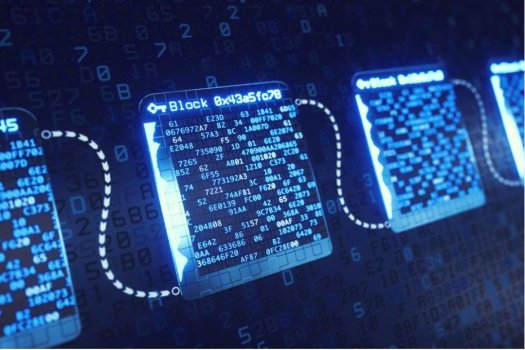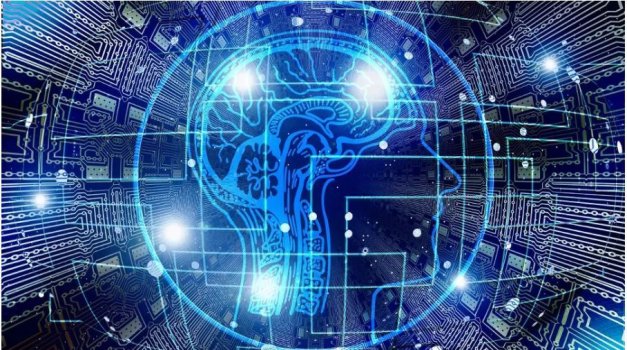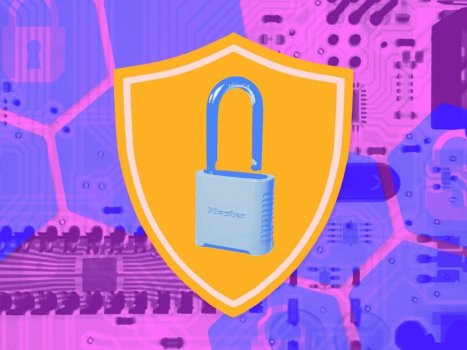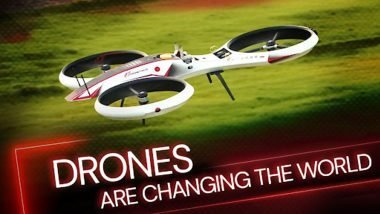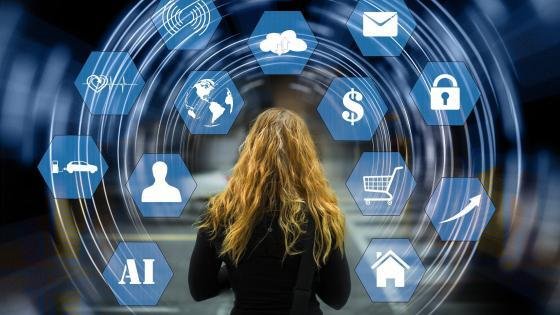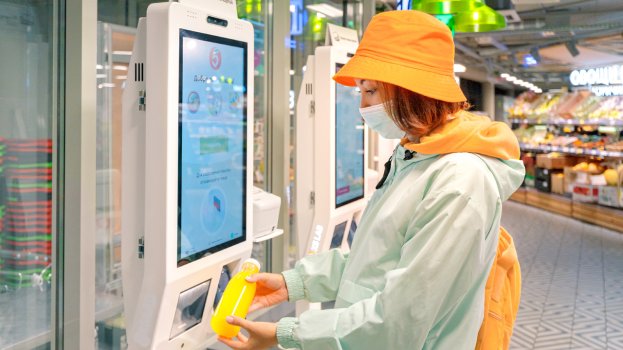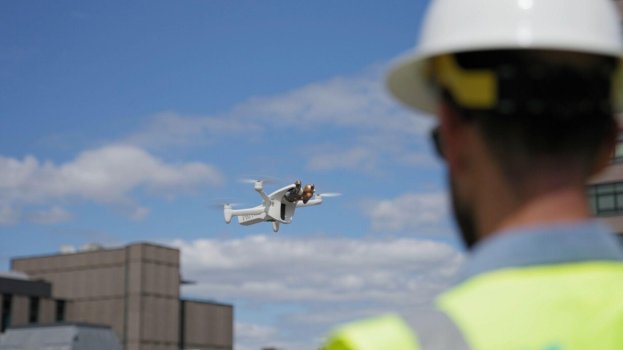Can AI Help Create Better Performing Landing Pages?
- Technology Solutions
- 0 Replies
It now seems impossible to find a marketing challenge where AI isn’t touted or at least considered as a solution. Some tasks clearly lend themselves better to the elixirs of AI than others. One of these may be the optimization of landing pages.
I recently asked Tamara Grominsky, chief strategy officer at Vancouver-based Unbounce, to share her thoughts on the role of AI in landing page optimization.
Paul Talbot: What do most marketers miss when it comes to building a landing page?
Tamara Grominsky: The biggest misconception marketers have about landing pages is believing that simply having one is enough. While this may have worked in the past, we now know that one landing page can never speak to all customer segments.
To create relevancy, marketers need to focus on the targeting and optimization of a landing page to drive more clicks, conversions and ROI. We recognize however, that creating multiple variants and then optimizing them can be time-consuming and challenging, especially if you don’t know what to test.
That’s why Unbounce believes so passionately in the power of AI to not just simplify multivariate landing page creation, but also identify conversion patterns entrepreneurs and small business owners could never see on their own.
Continue reading: https://www.forbes.com/sites/paultalbot/2021/09/29/can-ai-help-create-better-performing-landing-pages/?sh=3ecfb6a8e6e3
I recently asked Tamara Grominsky, chief strategy officer at Vancouver-based Unbounce, to share her thoughts on the role of AI in landing page optimization.
Paul Talbot: What do most marketers miss when it comes to building a landing page?
Tamara Grominsky: The biggest misconception marketers have about landing pages is believing that simply having one is enough. While this may have worked in the past, we now know that one landing page can never speak to all customer segments.
To create relevancy, marketers need to focus on the targeting and optimization of a landing page to drive more clicks, conversions and ROI. We recognize however, that creating multiple variants and then optimizing them can be time-consuming and challenging, especially if you don’t know what to test.
That’s why Unbounce believes so passionately in the power of AI to not just simplify multivariate landing page creation, but also identify conversion patterns entrepreneurs and small business owners could never see on their own.
Continue reading: https://www.forbes.com/sites/paultalbot/2021/09/29/can-ai-help-create-better-performing-landing-pages/?sh=3ecfb6a8e6e3



